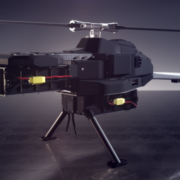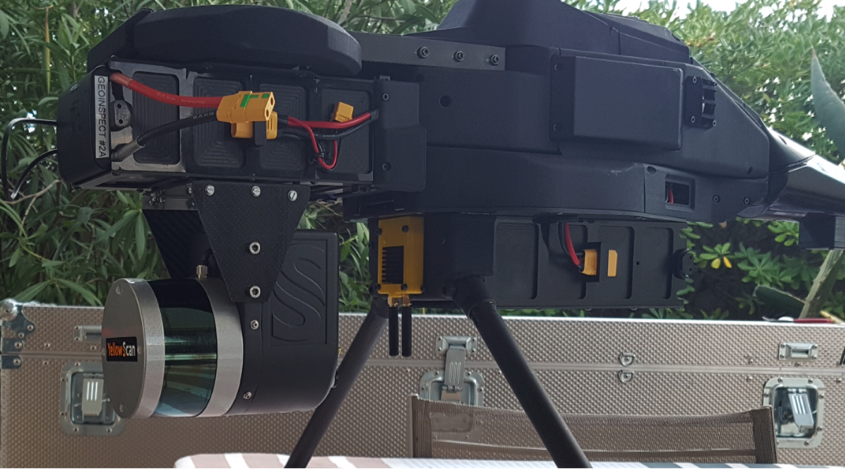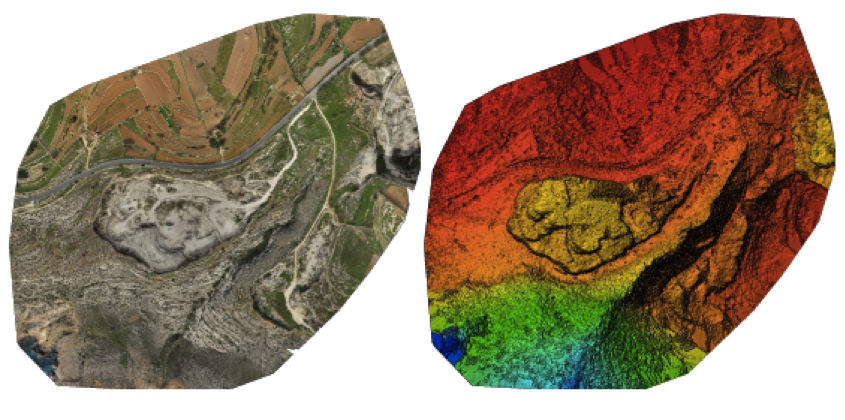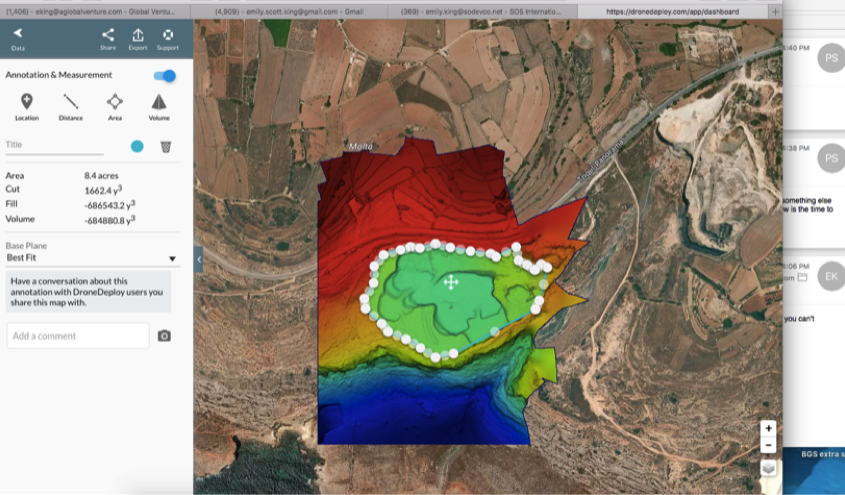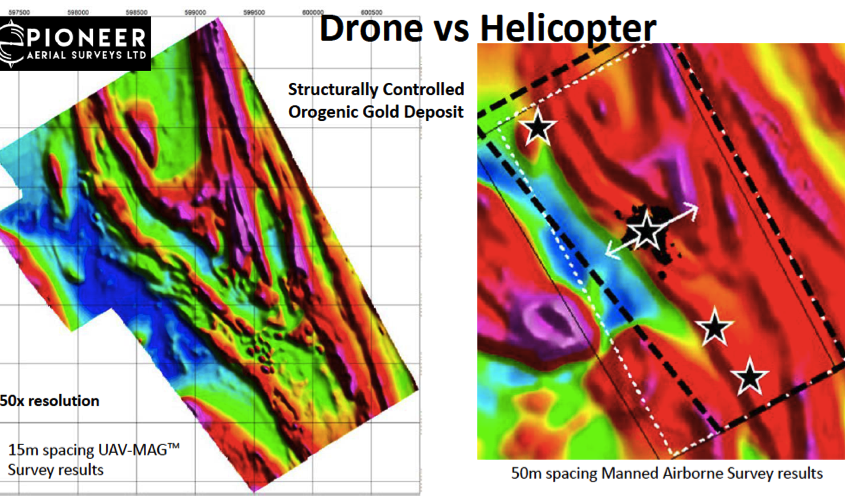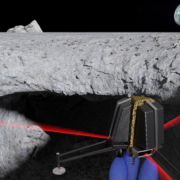Commercial Drone Expo Returns to Las Vegas
It’s the fifth year for the expo, which covers all things related to the unmanned aerial vehicle industry, and 2,500 professionals gathered at the Las Vegas hotel-casino to visit with more than 200 exhibitors from around the world, according to event organizer Diversified Communications.

Bridenstine said NASA has been making investments into aerial vehicles ranging from those legally able to fly under 400 feet, as required by aviation authorities, to “using all these UAVs in Iraq and Afghanistan…a very different problem.”
Ganesh played a brief video showing UPS testing out a new delivery method where a drone rises out of the roof of its signature brown delivery truck. The drone makes a nearby delivery as the driver continues to the next home to drop off a package. Once the drone is finished, it lands on the roof of the delivery truck just as the driver walks back to the vehicle after making a delivery. Ganesh said the service could be useful for drivers operating in rural parts of the country.
On the exhibit floor, electric aircraft manufacturer Yuneec showcased orange-colored commercial drones and consumer models. Jennifer Moore, senior sales operations and logistics manager for Yuneec, said this year marks the second time the company has exhibited its drones at the trade show.
“We’re primarily consumer driven, but in the last couple years we’ve really tried to push hard in the commercial space,” she said. “We see a lot of opportunities in those markets.”
While Yuneec’s consumer-driven drone models are carried at Best Buy, Moore said she’s noticed a shift in the market with consumer interest dipping as drone adoption in the commercial sector gains traction.
Elsewhere on the floor, a small crowd gathered at Epson America Inc.’s booth, though its latest product wasn’t a drone but the recently launched Moverio Smart glasses.
The glasses let drone operators see what their drone is viewing, and companies can use them for “see-what-I-see” remote assistance such as field technicians who may need to call a remote expert for help.
“Some of our customers are in the appliance repair space, so when they’re trying to onboard a new technician, instead of shadowing him physically, they just shadow him virtually using this application,” Epson product manager Raunak Deshpande said.
Contact Subrina Hudson at shudson@reviewjournal.com or 702-383-0340. Follow @SubrinaH on Twitter.


